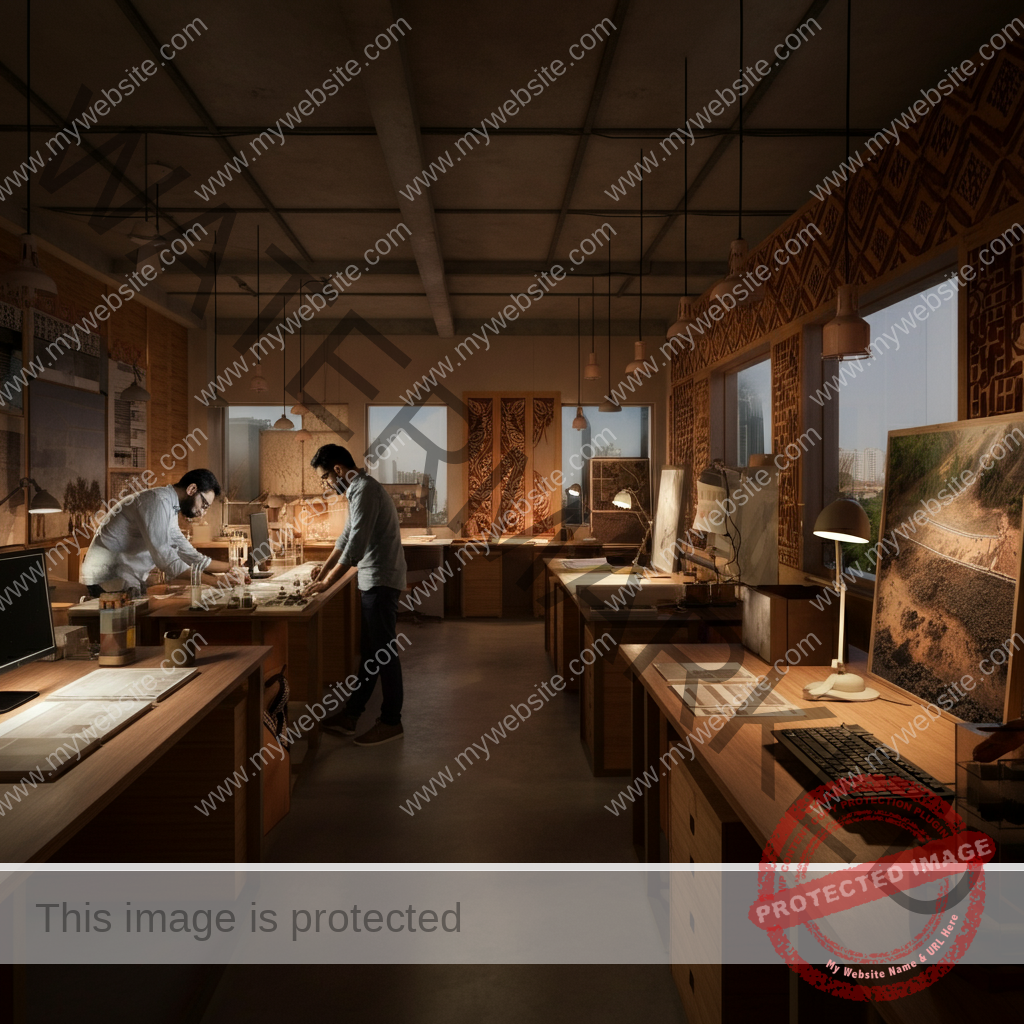Soil Test
Understanding Soil Testing and Its Role in Interior Design in Bangladesh
When discussing interior design in Bangladesh, one might naturally think about color palettes, furniture layouts, or lighting. However, a lesser-known yet critical factor often overlooked—especially in construction-heavy regions—is the importance of soil testing. While it may seem unrelated to interior design, soil testing lays the foundation for everything from architectural integrity to the long-term health of your interior spaces.
What Is Soil Testing?
At its core, soil testing evaluates the physical and chemical properties of the soil on a construction site. This process includes measuring factors like soil type, moisture levels, strength, and mineral composition. These findings help construction teams determine the soil’s ability to withstand the weight and stress of a building, ensure stability, and minimize structural risks.
Bangladesh, known for its unique geographical and climate conditions, has a variety of soil types that differ from region to region. Poorly tested soil can lead to foundational issues, which in turn can cause structural problems, cracks in walls, and even safety concerns in interior spaces.
Why Does Soil Testing Matter for Interior Designers and Homeowners?
Interior design isn’t just about aesthetic appeal—it’s also about functionality, safety, and comfort. Here’s why soil testing plays a role in achieving these goals:
- Structural Integrity
The stability of a building starts with its foundation, which is directly impacted by soil strength and composition. Poorly tested soil leads to uneven settling, which could cause cracks in walls or floors—problems that directly affect how interior spaces look and function.
- Longevity of Interiors
High moisture in the soil can seep into walls and floors, causing damp interiors and weakening designs over time. This is especially crucial in the humid climate of Bangladesh, where moisture control is often a challenge.
- Earthquake Resistance
Bangladesh is located in an earthquake-prone region. Soil testing can help builders fortify structures to handle seismic activity. For homeowners, this translates into peace of mind and interior spaces free from sudden damages.
- Cost Efficiency
Identifying soil issues early reduces costs associated with repairing structural damage later. For interior designers, it ensures the integrity of their work is maintained without unforeseen complications.
The Soil Environment in Bangladesh
Bangladesh features a variety of soil types, including clay, loam, and sandy soil, each behaving differently under pressure. For instance:
- Clay soils prevalent in Dhaka often expand and contract based on moisture levels.
- Coastal areas may experience saline soils, which can corrode structures if not managed properly.
- Flood-prone regions may face challenges with waterlogged soil.
Understanding these regional variations is essential for construction and, in turn, interior design across the country.
Key Steps in Soil Testing Before Interior Work
- Site Analysis
Conduct a thorough assessment of soil quality and type with an experienced geotechnical engineer. This will establish the soil’s load-bearing capacity.
- Moisture Content and Drainage Evaluation
Specialists evaluate the soil’s drainage properties to avoid long-term water damage. Introducing foundational waterproofing measures can directly impact interior durability.
- Foundation Design
The outcomes of soil tests guide the type of foundation required. Strong soil may allow for simple reinforced footing, while weaker soils might necessitate deeper piling for additional support.
- Surface Treatments to Minimize Impact
For interior-specific issues like dampness, soil testing can influence foundational coatings and floor treatments that prevent moisture ingress.
For Interior Designers in Bangladesh—What You Should Know
While soil testing might not be part of your primary responsibilities as an interior designer, collaborating with construction teams and understanding soil evaluations can add immense value to your projects. Consider the following:
- Coordinate with engineers to address soil-related risks that could threaten your designs in the long run.
- Incorporate interior solutions that align with foundational realities, such as moisture-resistant materials for damp-prone spaces.
- Educate homeowners or decision-makers about how soil conditions may impact the longevity and value of their interiors.
For Homeowners—Why You Should Prioritize Soil Testing
Investing in soil testing may seem like an unnecessary pre-construction step, but the long-term benefits go far beyond immediate aesthetics. Strong foundations—not just visually but literally, through sound soil evaluation—will ensure your interior spaces remain safe, beautiful, and functional for years to come.
Final Thoughts
When building or renovating in Bangladesh, soil testing isn’t just an engineering process; it’s the starting point for your home’s health and aesthetic appeal. By understanding the impact of soil on your interiors, you’ll be better equipped to create spaces that are both beautiful and resilient.
Looking to understand how interior design can work hand-in-hand with tailored construction techniques? Reach out to experienced professionals in both soil evaluation and design to create spaces that shine from their very foundation.




